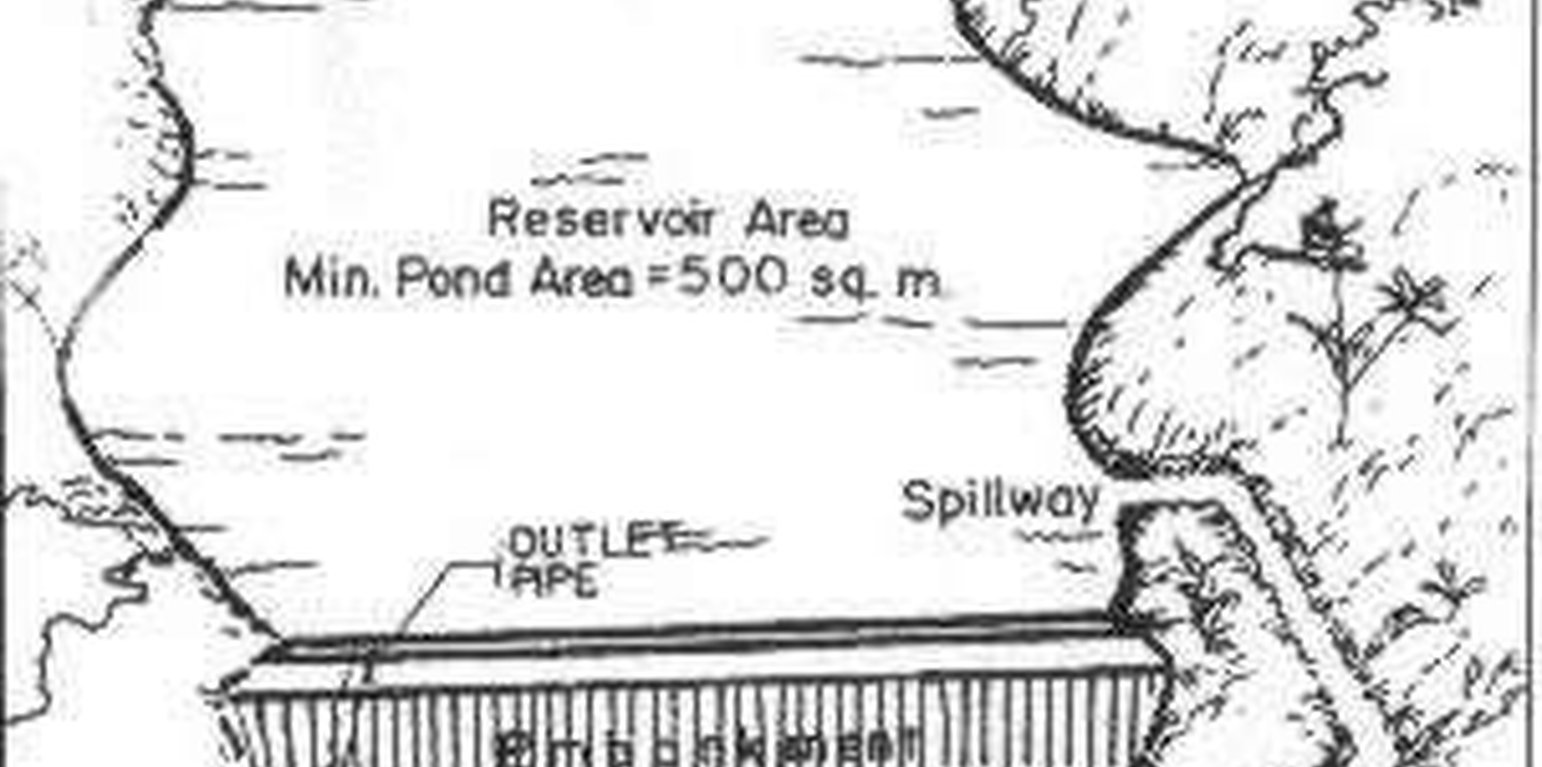



The small farm reservoir (SFR) is a small water impounding earth dam structure to collect rainfall and runoff, designed for use in a single farm, and typically has an area of about 300-2,000 square meters. The embankment height above ground level is less than 4 meters. It can be easily constructed with a bulldozer or manual labor. Irrigation is done with PVC siphon pipes or pumps. SFR is used in rainfed-growing areas to provide supplemental irrigation to a wet season crop and partial irrigation to a dry season crop. Aside from irrigation and aquaculture, water in the reservoir could also be used for small scale livestock watering, wallowing areas for animals, e.g. ducks and picnic ground.
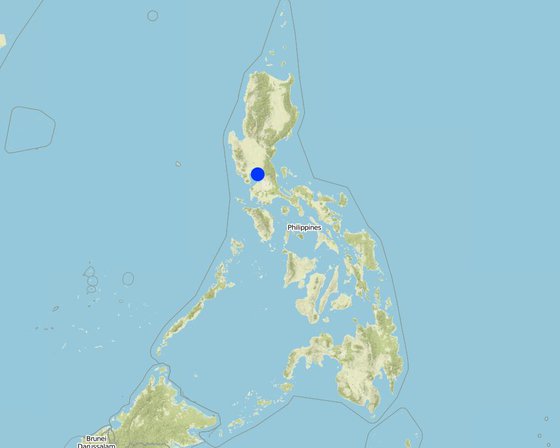
地点: Pangasinan, Nueva Ecija, Tarlac, Isabela, Bulacan, Ilocos Norte, 菲律宾
分析的技术场所数量:
技术传播: 均匀地分布在一个区域 (approx. 100-1,000 平方千米)
在永久保护区?:
实施日期: 不到10年前(最近)
介绍类型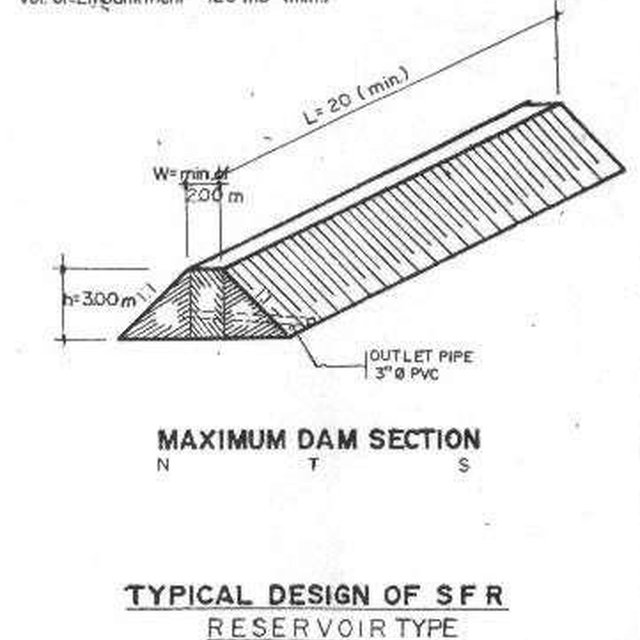
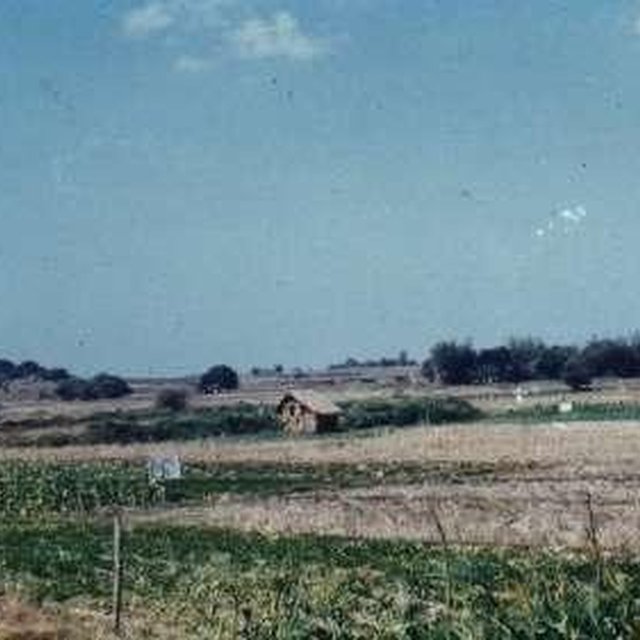



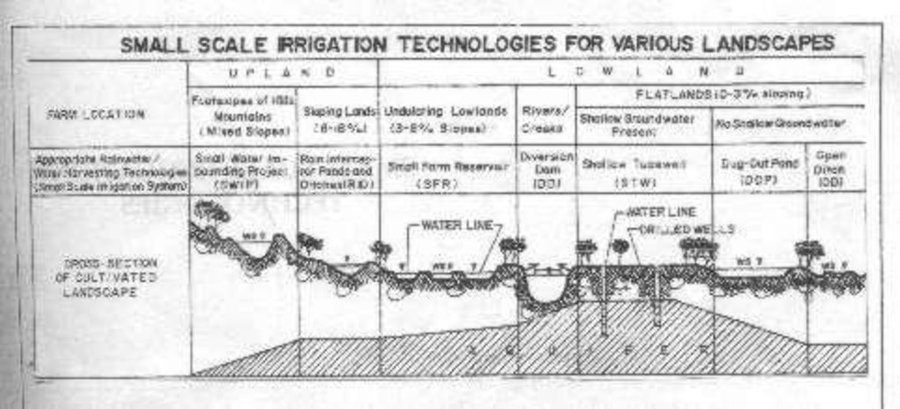
rice production
fish culture
picnic ground
farmers are organized in Association
including soil fertility management
have second crop
increased ground water recharge